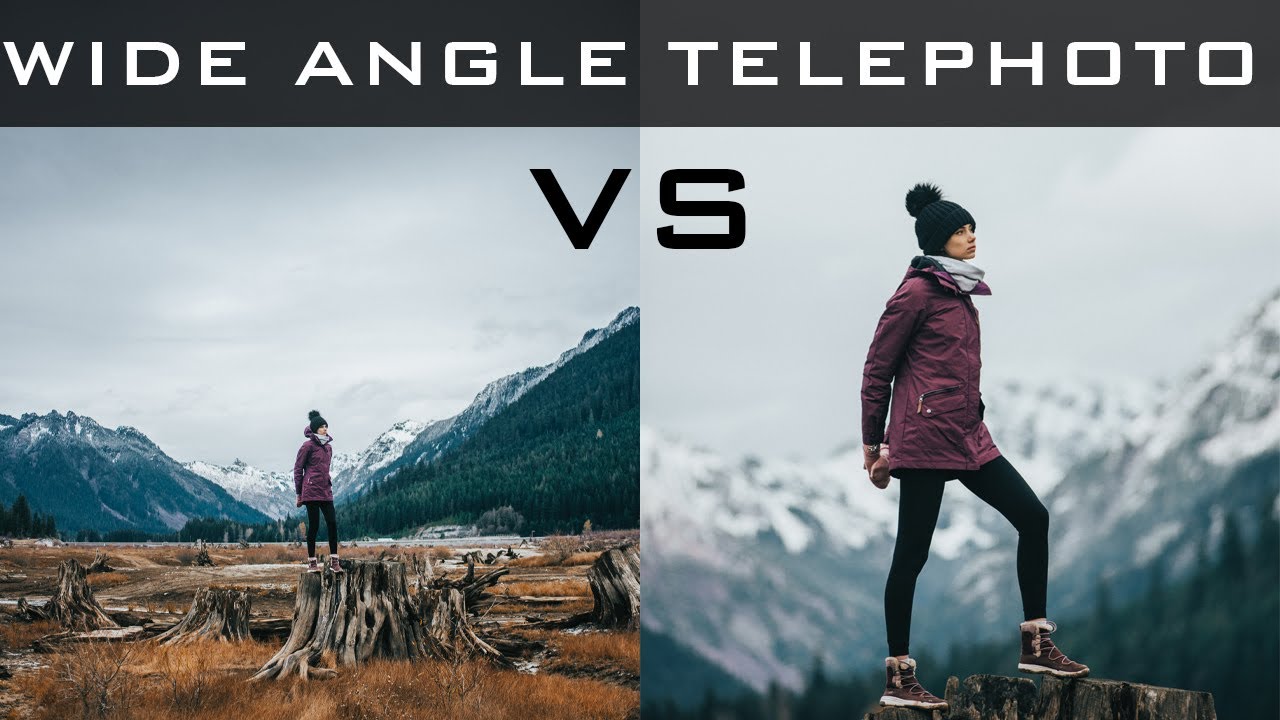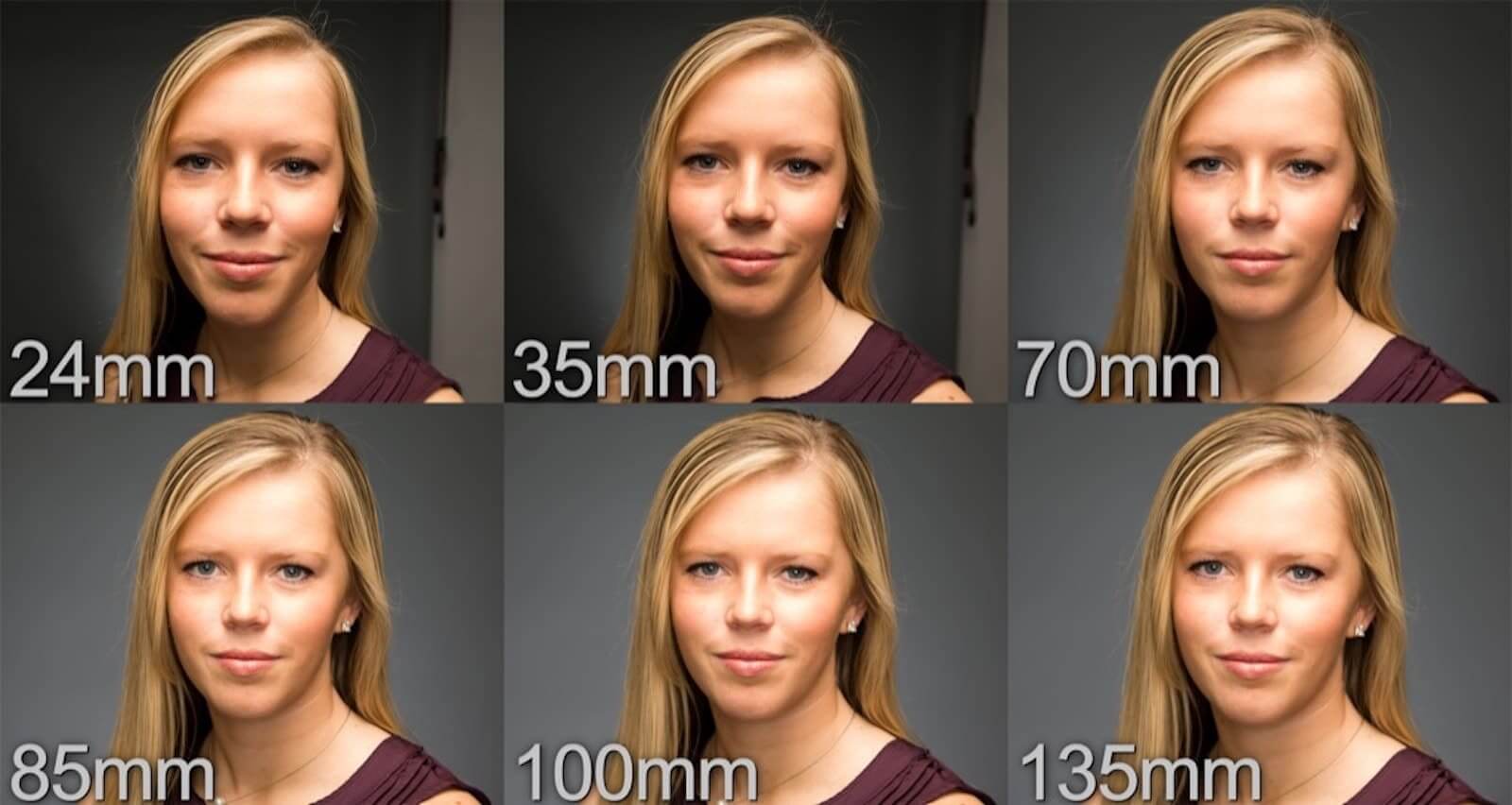Revealing the Magic of Telephoto Lens: Insights, How It Works, And Practical Advice
Introduction
Whether you're an avid photographer or merely a casual photo enthusiast, you’ve probably come across the term 'telephoto lens' at some point. But what exactly is a telephoto lens and how does it work? This comprehensive guide will help you understand the magic behind telephoto lenses, their unique features, how they distinguish themselves from other lenses, when to best use them, and handy tips for optimal usage.
What Is a Telephoto Lens?
A Telephoto Lens, in essence, is a specially designed camera lens primarily used to capture distant subjects. Representing its modus operandi, the term 'telephoto' comes from the Greek words 'tele,' meaning 'far off,' and 'photos,' meaning 'of light.' With this unique lens, subjects situated at a significant distance can be photographed as though they are much closer, thanks to the lens's magnifying properties.
Telephoto lenses are distinguished by their long physical structure and are quite popular within specialized fields of photography, particularly sports, wildlife, and portrait photography because of its closeness inducing features. A key thing to note about these lenses is their identification via focal length measurements. A lens featuring a focal length of around 60mm is typically termed a telephoto lens.
However, there's a variety called 'super-telephoto' lenses specifically designed to offer an even higher level of magnification. These are the likes of lenses with an impressive focal length exceeding 200mm. So, whether you're an aspiring wildlife photographer wishing to capture realistic shots from a safe distance or a sports photographer needing a clear and precise shot from the sideline, the telephoto lens could well be the effective tool you're seeking.
How Does a Telephoto Lens Work?
Understanding how a telephoto lens works can significantly improve your photographs and allow you to exploit the unique features of this lens fully. The mechanism behind this lens involves a sophisticated sequence of operations. Here's a more in-depth exploration.
Firstly, the fundamental operation lies in the lens's specialized construction. This layout typically consists of a series of lens elements that work in harmony to create the distinctive telephoto effect. The primary element here is the arrangement of both lens groups that dictate the lens’s performance and characteristics.
Delving into details:
* They work by 'compressing' the incoming light. As light travels through these elements, the lens elements 'compress' it, which ends in a magnified image.
* The result of this light compression is an extended effective focal length. This mechanism empowers you to capture subjects at significant distances without losing out on details.
* Extended focal lengths enable telephoto lenses to serve as the perfect solution when you simply can't get up close and personal with your subjects. Photographing wildlife in action, or capturing an athlete mid-air in a basketball game could be some scenarios demonstrating its importance.
To summarize, it's the combination of the elegant design and the symphony of lens elements working together that positions the telephoto lens as an irreplaceable asset in professional photography. It's built to handle the challenges where regular, shorter lenses fail, making it quintessential for scenarios demanding safe distances or high-level details of subjects located far away.
What Makes a Telephoto Lens Special? Unique Features and Characteristics
What gives telephoto lenses their distinct edge over other types of lenses? Let's delve into the key characteristics and unique features that make these lenses truly special:
1. Longer Focal Length: The foremost trait that differentiates a telephoto lens is its extended focal length. This feature allows the lens to essentially 'pull in' distant subjects, making them appear closer. As a result, perspectives become compressed, giving a flatter depth of field compared to lenses with shorter focal lengths.
2. Bokeh Effect: Another signature characteristic of a telephoto lens is its ability to produce an attractive 'bokeh.' This term refers to the aesthetic quality of the out-of-focus areas in an image. With a telephoto lens, you can easily blur the background, putting the spotlight solely on your subject and setting it apart from a potentially cluttered backdrop.
3. Enhanced Image Stabilization: Many telephoto lenses come equipped with superior image stabilization, a crucial feature when shooting at longer focal lengths. This feature helps to minimize camera shake, ensuring that your captured image remains sharp and clear.
4. Subject isolation: Apart from their ability to pull in distant subjects and create a pleasing bokeh, telephoto lenses excel in isolating the subject from the background. This characteristic is particularly effective in portrait photography where the focus is to capture the subject in great detail.
In a nutshell, it is these unique features - longer focal length, attractive bokeh effect, enhanced image stabilization, and excellent subject isolation - that make a telephoto lens such a compelling choice for both novice and experienced photographers alike.
When Should You Use a Telephoto lens? Suitable Scenarios and Practical Tips
A telephoto lens, owing to its incredible capability to capture distant objects as if they're close, is a splendid photography tool for specific scenarios. But when should you capitalize on its unique features? Let's break this down:
1. Wildlife Photography: Safety is paramount in wildlife photography. Using a telephoto lens enables you to capture magnificent creatures in their natural habitat from a safe distance, without intruding on their personal comfort zone.
2. Sports Events: During sports events, security barriers often keep spectators (and photographers) away from the action. Here, a telephoto lens comes into play to capture the electrifying energy of the athlete/sportsperson.
3. Background Isolation: If you're aiming for pictures where the subject stands out against a blurred background, a telephoto lens is your best friend.
Here are some practical, user-friendly tips for optimally utilizing a telephoto lens:
* Stability is Key: Owing to their magnifying properties, even slight movements can result in blurred images. Therefore, it’s advisable to use a tripod to ensure picture-perfect stability.

* Master the Art of Panning: For moving subjects, practicing panning will help you to click sharper images, while also showcasing a sense of dynamic motion.
* Experiment with Aperture Settings: You can create varying degrees of bokeh by tinkering with different aperture settings. This allows you to aesthetically highlight the subject of your images.
By understanding the most suitable scenarios and using these simple yet effective tips, you can harness the power of a telephoto lens effectively and creatively.
What Are the Pros and Cons of Using a Telephoto Lens?
Like any piece of equipment, a telephoto lens has its own set of benefits and downsides. To make an informed decision about investing in one, it's essential to understand each aspect fully.
Pros of Using a Telephoto Lens
- Incredible Magnification: A telephoto lens allows you to capture distant objects in high resolution and detail. It is an essential piece of equipment for sports and wildlife photographers.
- Superior Subject Isolation: The telephoto lens is known for its shallow depth of field, which helps blur out noisy backgrounds and keep the subject in sharp focus.

- Attractive Bokeh: Its ability to create a pleasing defocused area (bokeh) makes telephoto lenses a favorite among portrait photographers.
Cons of Using a Telephoto Lens
- Heavy and Cumbersome: Telephoto lenses are typically large and heavy, which can make them challenging to handle, especially during handheld shooting or extensive sessions.
- Costly: These specialized lenses tend to be more expensive than their counterparts, making them a significant investment for your photography gear.
- Light Requirements: Telephoto lenses require more light to yield optimal results, thanks to their long focal length. Using them in low light conditions can be challenging without appropriate preparation.
- Stabilization Issues: Holding the camera steady is an art in itself when using these lenses because even the smallest shake becomes magnified. Most professional photographers recommend using a tripod for sharp, clear images.
By thoroughly understanding these pros and cons, you can decide whether a telephoto lens is ideal for your photography needs. It's all about knowing when and how to use this lens to your advantage.
Conclusion
To sum it up, a telephoto lens is a powerful tool in a photographer’s arsenal. Its unique ability to magnify distant subjects and isolate them from their surroundings helps capture stunning, professional-quality photos. However, like any tool, it's essential to understand its working mechanism, unique features, and caveats to make the most out of it.
Related FAQs about what does a telephoto lens do
What differentiates a telephoto lens from other types of lenses?
A telephoto lens majorly differs in its longer focal length, which allows it to 'pull in' distant subjects, making them appear closer. This compresses perspective and creates a flatter depth of field, setting it apart from other lenses.
How do telephoto lenses affect the depth of field in photos?
Telephoto lenses, owing to their extended focal lengths, create a shallower depth of field than their counterparts. This allows photographers to isolate the subject from the background, bringing the subject into sharp focus while blurring the backdrop.
What are some common mistakes to avoid when using a telephoto lens?
Common mistakes include failing to use a tripod resulting in camera shake, not mastering the art of panning for moving subjects, and not experimenting with different aperture settings to achieve varying degrees of the bokeh effect.


